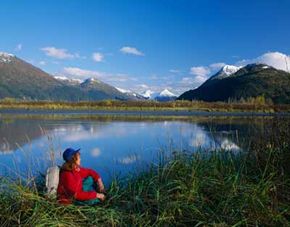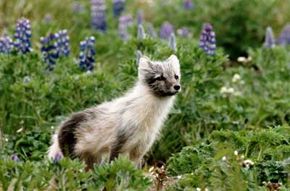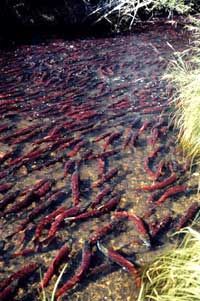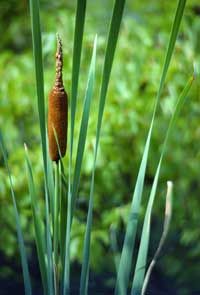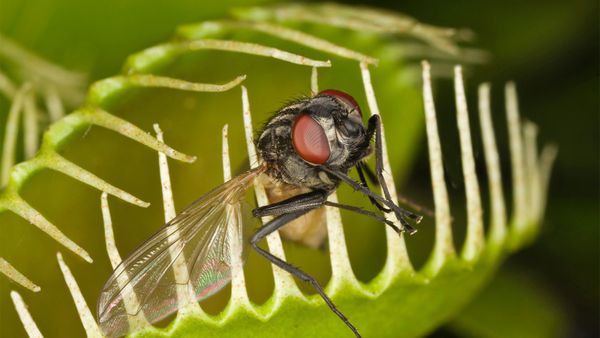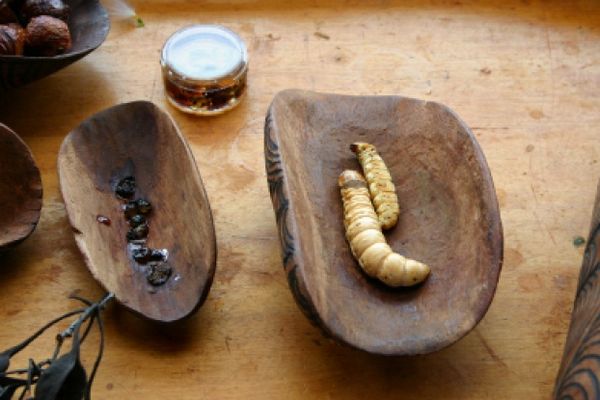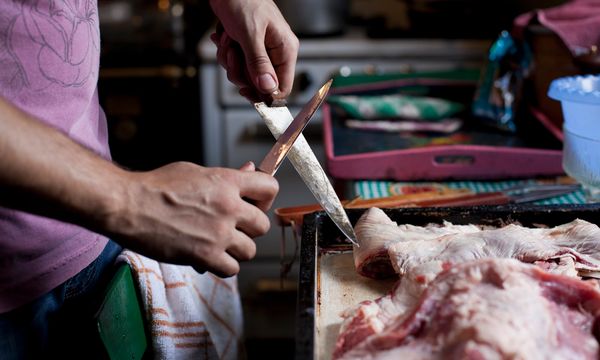After several hours of wandering in the Alaskan wilderness, nature's soundtrack of rustling brush and twittering birds gives way to the audible rumblings of your own belly. One of the most uncomfortable parts of wilderness survival is the lack of available food. More irritating than a blistered foot, hunger nags at you with the persistence of an 8-year-old child begging for a Happy Meal.
In the game of survival, water trumps food, but solid sustenance provides much-needed energy. Wandering the Alaskan wilderness is not the time for dieting. People can go for weeks without food, but survival experts recommend consuming about twice the amount of calories as you normally would. If animal fat presents itself, gobble it up. In short, the fattier, the better when you're grazing off the land. Since your next mealtime isn't guaranteed, store up energy to sustain you for as long as possible.
Advertisement
Once you've downed the last bite of granola bar and you're left completely foodless, it's time to peek inside nature's refrigerator. In the southern, temperate regions of Alaska, in particular, many culinary options await. The farther north you trek, the slimmer the pickings -- the geography gives way to tundra and arctic conditions.
Foraging in the wild can present a number of obstacles. But if you go into the situation knowing how to select Mother Nature's meals, it can save you from disease and death. Also, keep in the mind the importance of energy conservation -- don't wear yourself out trying to find a refueling source.
The first task is planning how and where to find food. Should you track down a moose and eat for days or stick to edible plants? How do you know whether something is safe to eat?
First, let's look at the meat options in Alaska.
Advertisement
